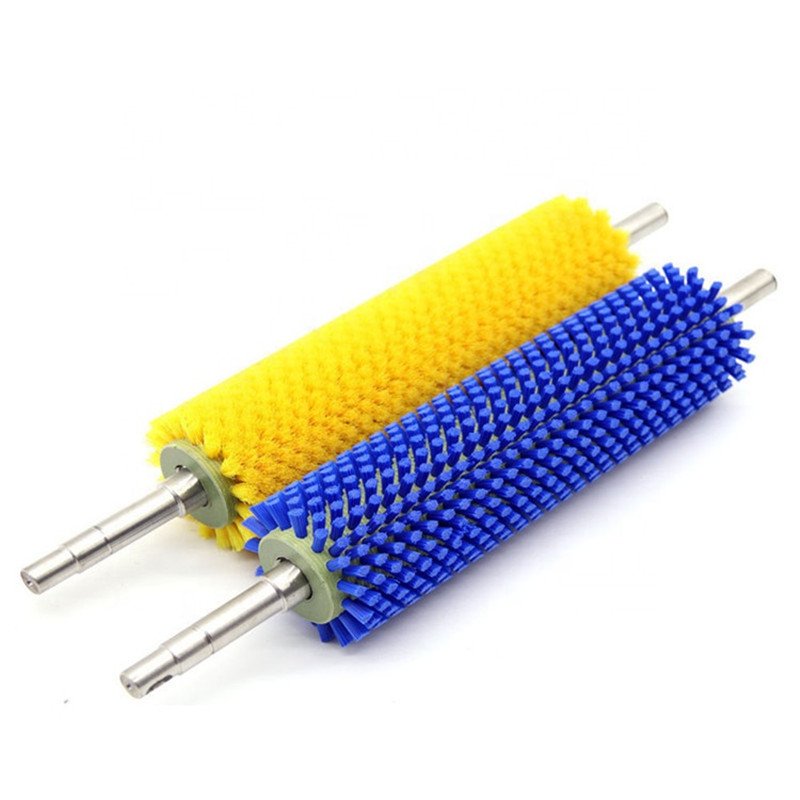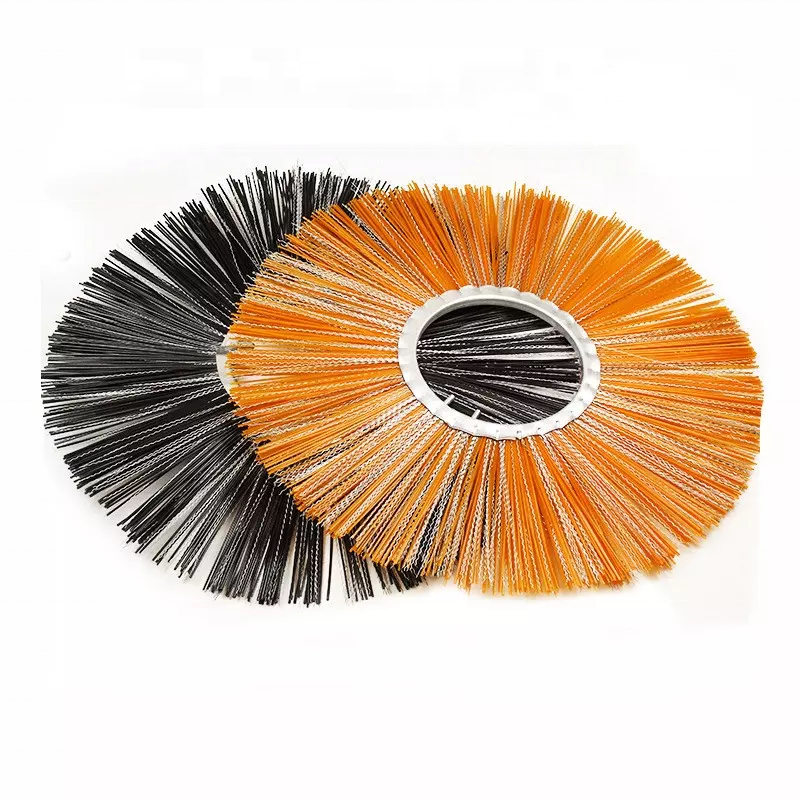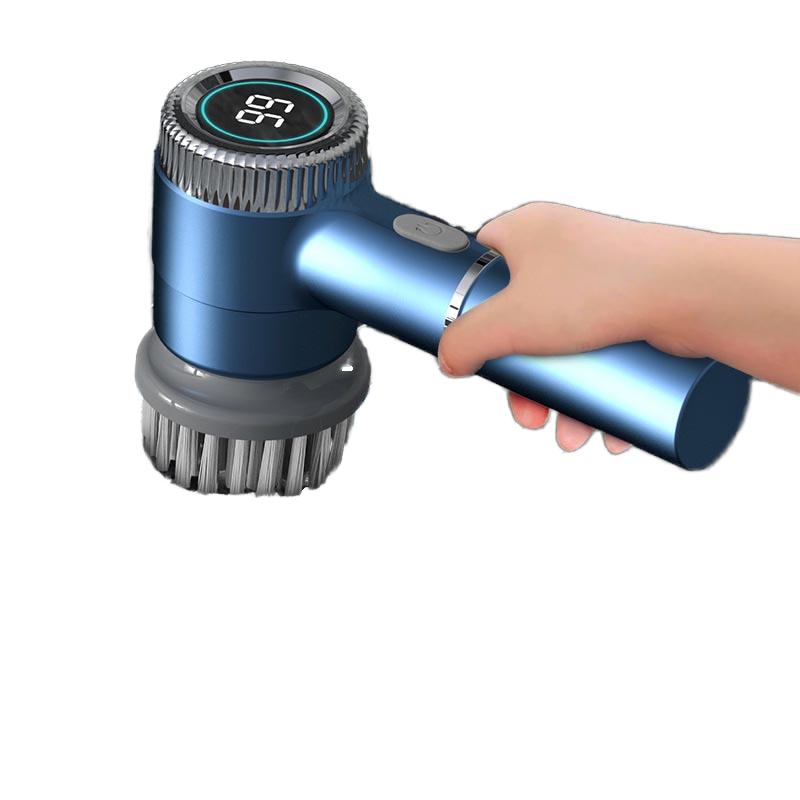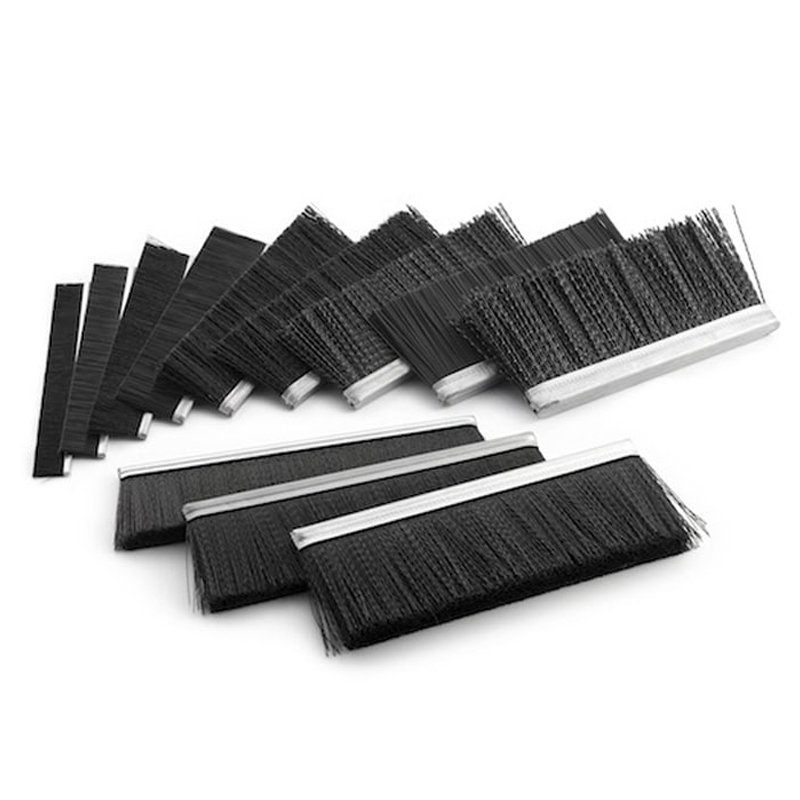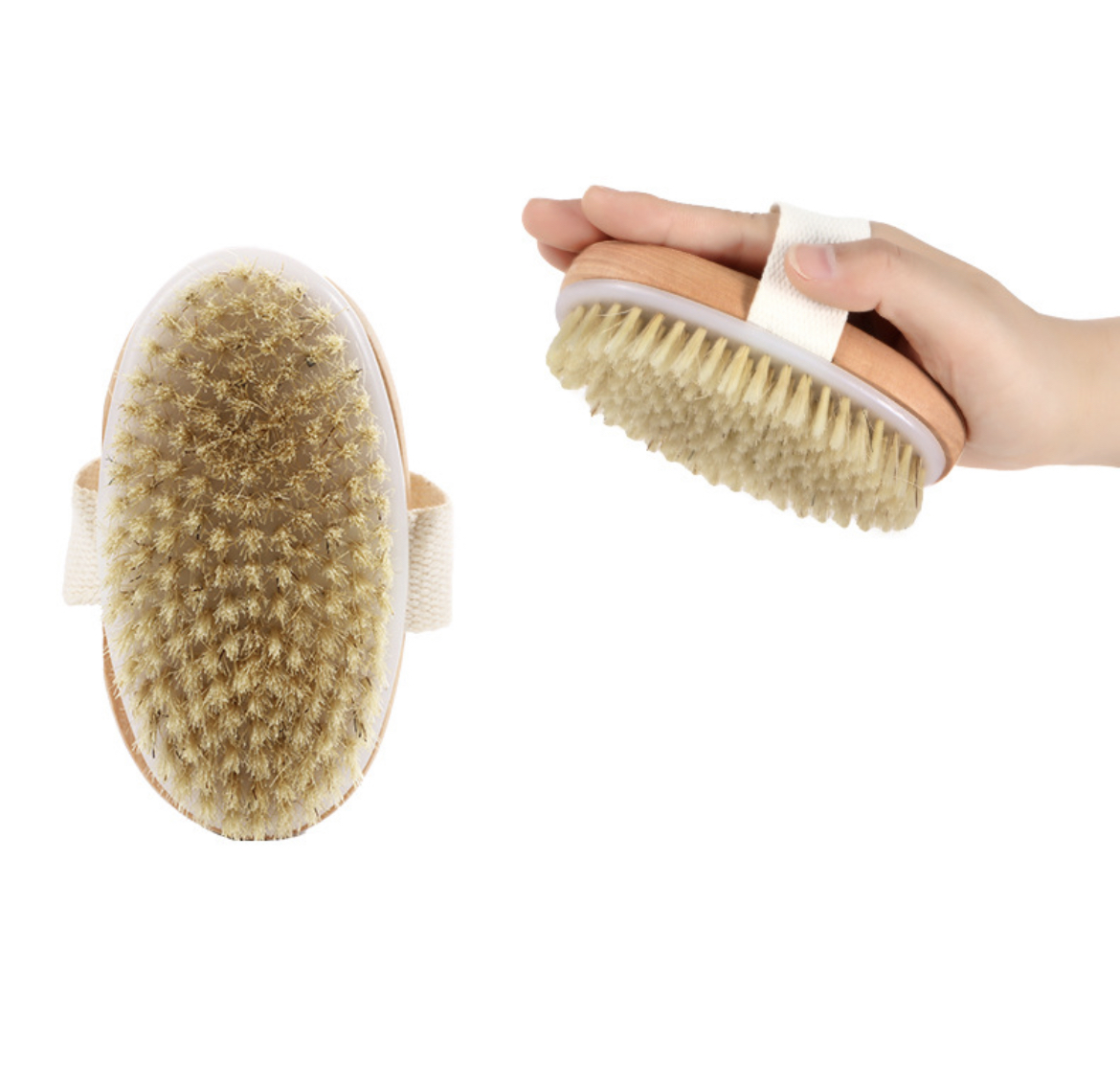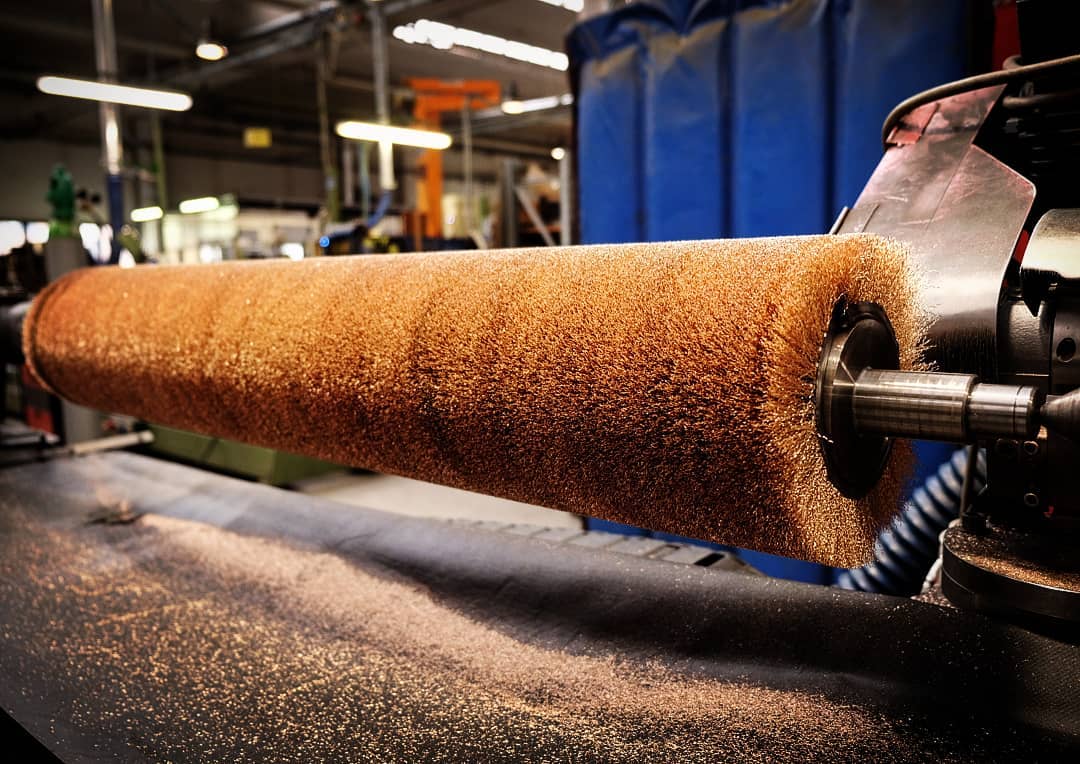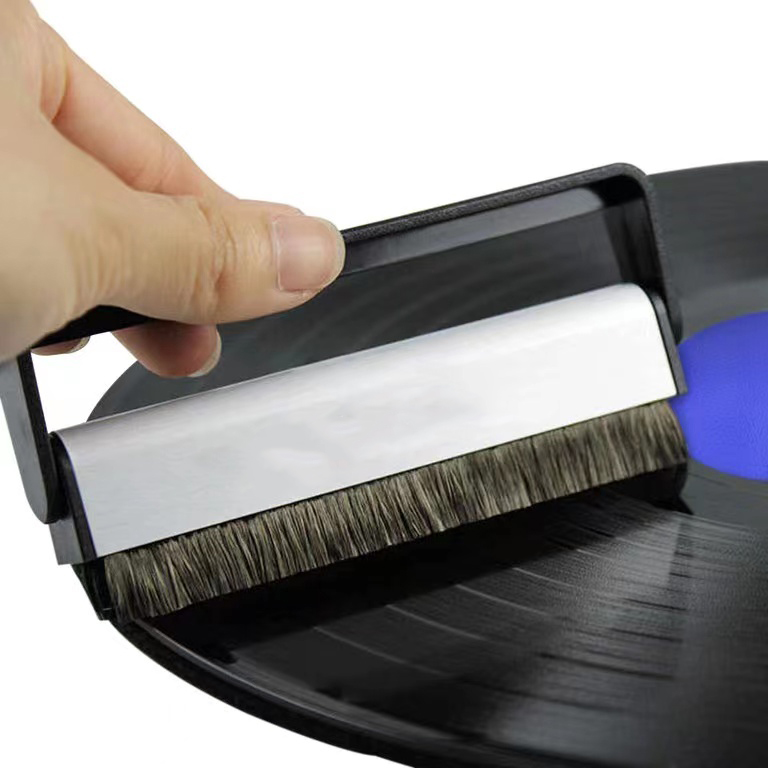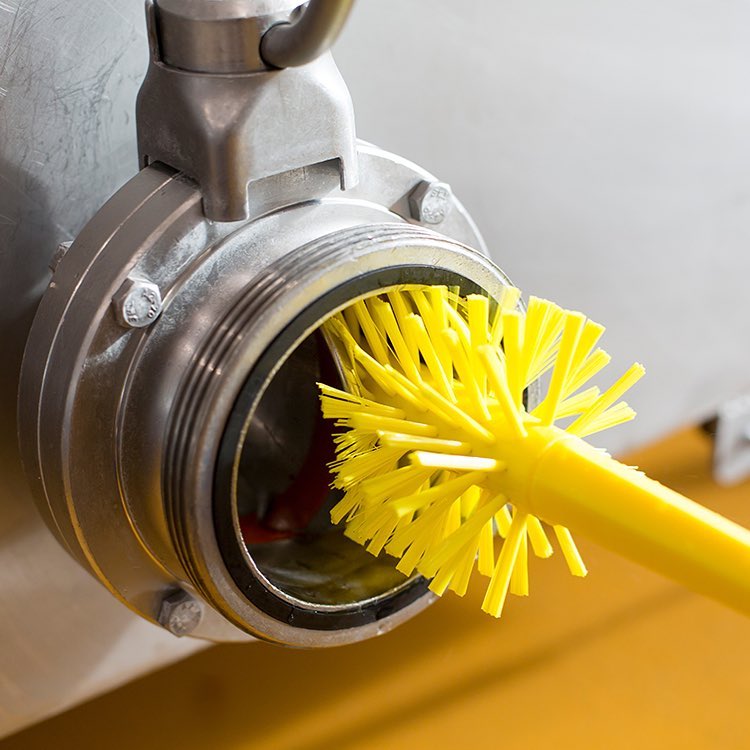Table of Contents
Introduction
Solar panels are an increasingly common sight on rooftops, carports, and open fields around the world, capturing the sun’s rays and turning them into clean, renewable energy. Yet, even the most advanced photovoltaic systems can suffer a drop in performance if their surfaces become obscured by dust, pollen, bird droppings, or other environmental debris. Studies show that a mere 5% layer of grime over a panel’s surface can reduce its energy output by up to 25%, and in extreme cases, production can fall by more than 40% if left unchecked for months.
While professional cleaning services are an option, many homeowners and facilities managers prefer a do-it-yourself approach that balances cost, convenience, and care. At the heart of any DIY solar panel maintenance kit is the cleaning brush: the tool that makes—or breaks—the difference between a spotless panel and one marred by scratches, streaks, or missed spots. Choosing the correct brush not only ensures a thorough cleaning but also protects the delicate anti-reflective coatings and glass surfaces that maximize light absorption.
In this comprehensive guide, we will:
- Explore the various types of brushes designed for solar panel maintenance.
- Introduce two additional features—Eco-Friendly Brush Materials and Robotic Cleaning Attachments—to enhance your cleaning routine.
- Detail critical considerations when selecting a brush.
- Offer step-by-step cleaning procedures, safety guidelines, and long-term care tips.
- Provide three frequently asked questions to address common concerns.
By the end of this article, you’ll have everything you need to select the perfect brush, keep your panels operating at peak efficiency, and extend their service life for years to come.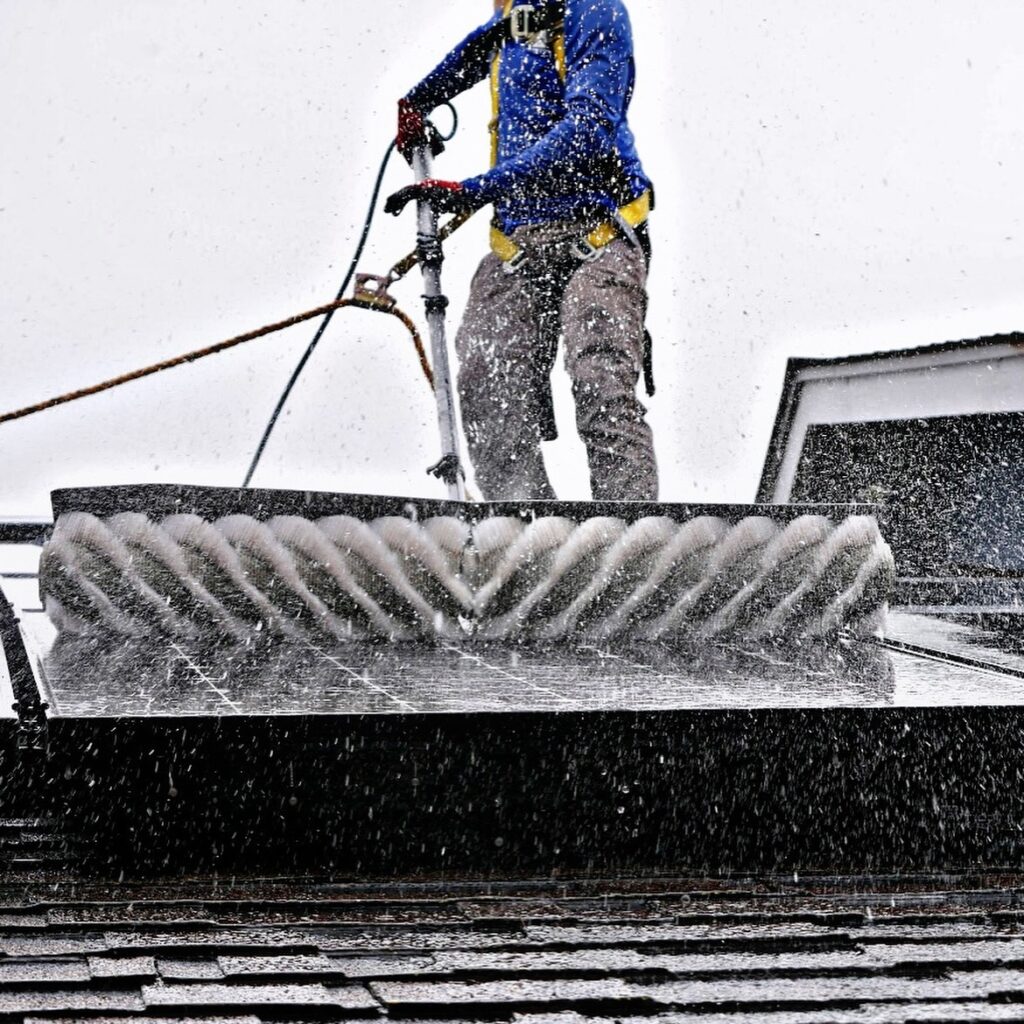
Why Regular Cleaning Matters
Energy Output Decline
When dust, tree sap, pollen, or other residues accumulate on the glass surface of a solar panel, they act like tiny sunglasses—partially blocking the sun’s energy. Depending on local climate and pollution levels, panels can lose between 5% and 30% of their output if not cleaned periodically.
Hotspots and Degradation
Debris buildup can create “hotspots,” areas where uneven shading causes excess heat. Over time, these hotspots can degrade cells and even lead to microcracks in the glass, reducing the panel’s lifespan.
Warranty and Manufacturer Requirements
Many solar panel warranties stipulate regular maintenance and cleaning. Using improper tools or neglecting cleaning altogether could void warranties, leaving owners responsible for costly replacements.
Environmental Considerations
Dirty panels force systems to work harder to generate the same power, potentially leading to increased grid reliance or the need for additional installations—both of which may have higher embodied carbon footprints.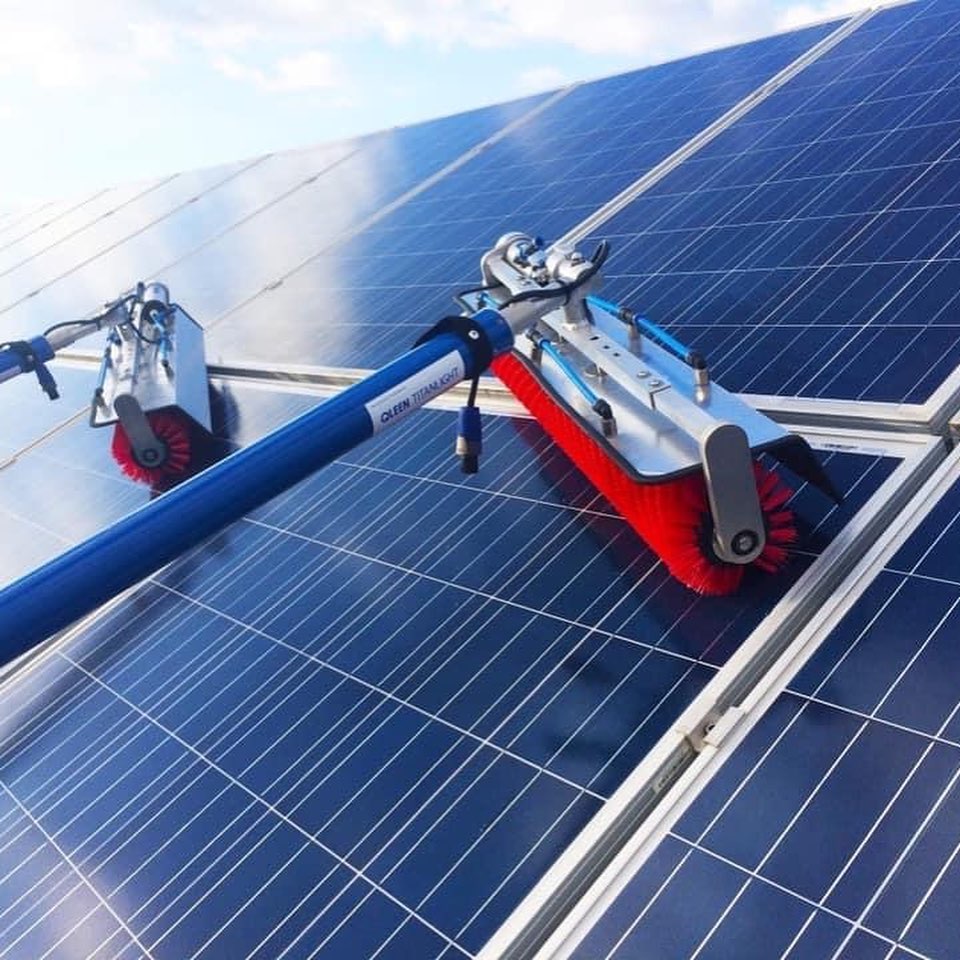
Types of Brushes for Solar Panel Cleaning
1. Soft-Bristle Brushes
Overview
Made with ultra-gentle synthetic or natural fibers, soft-bristle brushes are designed to remove loose surface debris without scratching the tempered glass.
Pros
- Minimizes risk of abrasion
- Ideal for light, routine cleaning
- Compatible with delicate anti-reflective coatings
Cons
- May struggle with sticky residues or heavy grime
- Requires repeated passes for tough spots
Best Use Cases
Monthly maintenance in low-dust environments; Panels with high-value coatings.
2. Medium-Bristle Brushes
Overview
Featuring slightly stiffer bristles than “soft” models, medium-bristle brushes strike a balance between gentle care and scrubbing power.
Pros
- More effective on stubborn dirt
- Still safe for most panel surfaces
Cons
- Greater risk of fine scratches if used improperly
- Not recommended for fragile or specialty coatings
Best Use Cases
Semi-annual deep cleans; Regions with moderate pollen or dust levels.
3. Extension Brushes
Overview
Equipped with telescoping handles—sometimes reaching up to 6 meters—these brushes eliminate the need for ladders or scaffolding. They are available in soft and medium-bristle variants.
Pros
- Safe access to roof-mounted panels
- Reduces risk of falls and equipment costs
- Compatible with garden-hose fittings on many models
Cons
- Heavier to maneuver at full extension
- May flex under pressure, reducing scrubbing force
Best Use Cases
Residential installations on sloped roofs; Small commercial arrays on low buildings.
4. Squeegee Brushes
Overview
Dual-action tools that combine brush bristles with a rubber squeegee blade on the opposite side.
Pros
- Delivers a streak-free finish
- Removes both debris and rinse water in one pass
- Reduces drying time, minimizing water spots
Cons
- Rubber blades wear out over time
- Typically heavier and bulkier
Best Use Cases
Final rinse and drying step in multi-stage cleaning; High-clearance panels where water accumulation is problematic.
5. Specialized Solar Panel Brushes
Overview
Premium tools engineered specifically for photovoltaic panels. Features may include angled heads, integrated water channels, or replaceable brush cartridges.
Pros
- Streamlined cleaning and rinsing in one tool
- Custom bristle angles to reach frame edges
- Cartridge systems for quick brush changes
Cons
- Higher upfront cost
- Limited availability compared to generic brushes
Best Use Cases
Large commercial or utility-scale installations; Owners seeking the most efficient, all-in-one solution.
Feature 1: Eco-Friendly Brush Materials
Biodegradable Bristles
Constructed from plant-based fibers that decompose naturally once the brush reaches end of life.
Recycled Handles
Handles made from recycled aluminum, HDPE plastic, or reclaimed wood, reducing reliance on virgin materials.
Low-VOC Adhesives
Eco-conscious adhesives prevent harmful off-gassing, protecting both the user and the environment.
Benefits
- Reduced Carbon Footprint – Lower embodied energy in brush production.
- Responsible Disposal – Brushes can often be composted or recycled.
- Brand Alignment – Complements the environmental ethos of renewable energy investments.
Feature 2: Robotic Cleaning Attachments
Motorized Brush Heads
Battery-powered motors rotate the brush, reducing user fatigue and ensuring consistent pressure.
Guided Rails and Trolleys
Mounted on tracks above the panels, cleaning robots can move autonomously along rows, scrubbing and rinsing with minimal supervision.
Programmable Cleaning Cycles
Schedule cleaning during off-peak sunlight hours to avoid energy losses.
Benefits
- Labor Savings – One technician can oversee multiple robots, trimming maintenance costs.
- Uniform Cleaning – Robot-applied pressure ensures every panel gets the same treatment, minimizing performance variability.
- Enhanced Safety – Eliminates the need for workers on steep roofs or elevated walkways.
Key Factors to Consider When Selecting a Brush
Panel Type & Surface Coating
Anti-Reflective or Self-Cleaning Coatings may require ultra-soft bristles. Textured Glass can handle medium bristles but still benefits from gentle pressure.
Bristle Material
Synthetic (Nylon, PET): Durable, low-shedding, compatible with water sprays.
Natural (Horsehair, Tampico): Biodegradable and gentle, but may wear out faster.
Handle Ergonomics & Safety
Grip Design: Non-slip, cushioned handles reduce hand strain.
Extension Mechanism: Locking collars must be secure under load.
Weight & Maneuverability
Heavier brushes can deliver more scrubbing power but cause faster fatigue.
Maintenance & Storage
Brush Head Replacement: Removable heads extend tool life.
Cleaning the Brush: Look for models that rinse clean easily to avoid mold or bacteria.
Cost vs. Longevity
Investing in a high-end specialized brush may be cost-effective over years of maintenance.
Step-by-Step Cleaning Protocol
Preparation
Turn off the solar array or ensure panels are de-energized.
Gather water source, nozzle, selected brush, squeegee (if separate), and safety gear.
Initial Rinse
Use a gentle water stream to remove loose dust. Avoid high-pressure washers.
Brushing
Apply the brush in straight, overlapping strokes from top to bottom.
For stubborn spots, allow soapy water to sit briefly before scrubbing.
Rinsing
Rinse away loosened dirt with a low-flow nozzle, keeping spray angle under 45° to prevent water intrusion at panel edges.
Drying
Use a squeegee brush or separate squeegee to remove water, preventing streaks and mineral deposits.
Inspection
Visually inspect for residual streaks or damage. Address any issues promptly.
Post-Cleaning Care
Rinse and shake out the brush. Store in a dry, ventilated area to prevent mildew.
Safety Guidelines
Personal Protective Equipment (PPE)
Wear non-slip footwear, gloves, and eye protection to guard against splashback.
Ladder and Harness Use
If manual access is required, secure ladders on stable ground and use fall-arrest systems on steep roofs.
Electrical Safety
Never spray directly into junction boxes or inverter vents. Ensure all equipment is properly grounded.
Weather Considerations
Clean panels during cool, overcast conditions or early morning to avoid thermal shock from sudden temperature changes.
Long-Term Maintenance Schedule
| Interval | Task |
|---|---|
| Monthly | Visual inspection; light rinse if dusty |
| Quarterly | Full brush cleaning; squeegee drying |
| Biannual | Deep clean with mild detergent; inspect seals |
| Annual | Professional inspection; junction box check |
Cost-Benefit Analysis
| Aspect | DIY (Brush + Time) | Professional Service |
|---|---|---|
| Upfront Cost | $30–$150 (brush) | $100–$300 per visit |
| Recurring Expense | $0 if annual | $100–$600 annually |
| Labor | 1–2 hours per session | None (delegated) |
| Equipment & Safety | Personal responsibility | Provided by contractor |
| Warranty Compliance | Must follow guide | Typically guaranteed |
Return on Investment
A single brush purchase can pay for itself in one year by preventing a 20% loss in panel output—translating to hundreds of dollars in avoided energy losses for a typical 5 kW system.
Frequently Asked Questions
How often should solar panels be cleaned?
While local conditions vary, most experts recommend a thorough cleaning at least twice a year—once in spring to remove pollen and once in autumn to clear fallen leaves. In dusty or arid regions, quarterly cleanings may be necessary.
Can I use household cleaning products on solar panels?
It’s best to stick to mild, biodegradable detergents formulated for glass or solar panels. Harsh chemicals like ammonia or bleach can degrade rubber seals and anti-reflective coatings over time.
What’s the best time of day to clean solar panels?
Early morning or late afternoon when panel surfaces are cooler is ideal. Cleaning hot panels under direct midday sun risks rapid water evaporation, which can leave mineral deposits or cause thermal stress.
Conclusion
Maintaining the cleanliness of your solar panels is a straightforward yet essential task for preserving their efficiency, reliability, and lifespan. By selecting the right brush—whether it’s a soft-bristle model for gentle dust removal, an extension brush for rooftop access, a squeegee brush for streak-free finishes, or a high-end specialized tool—you’ll ensure your system consistently performs at its best. Incorporating eco-friendly materials and considering robotic attachments can further streamline your maintenance routine, aligning with sustainable principles while reducing labor.
Armed with the guidance laid out here—from material selection and safety protocols to step-by-step cleaning and long-term scheduling—you can confidently care for your investment. Regular, proper cleaning not only safeguards your warranty but also maximizes energy harvest, delivering cleaner power and better returns year after year. Start today by choosing the brush that perfectly matches your panels’ needs, and enjoy the benefits of a bright, efficient solar future.

